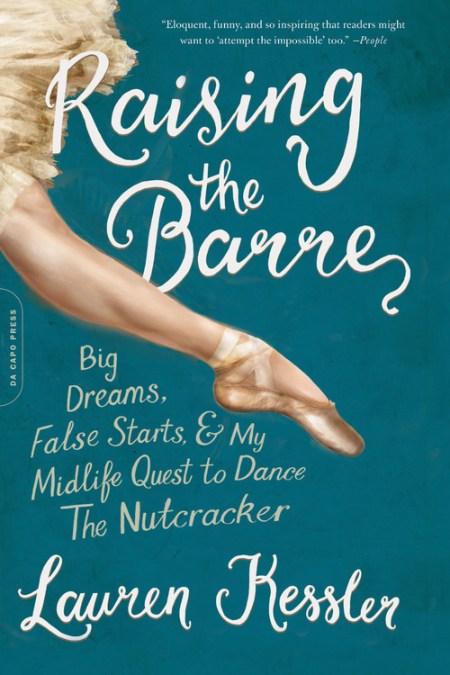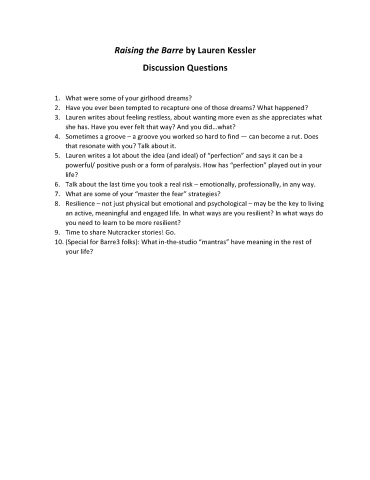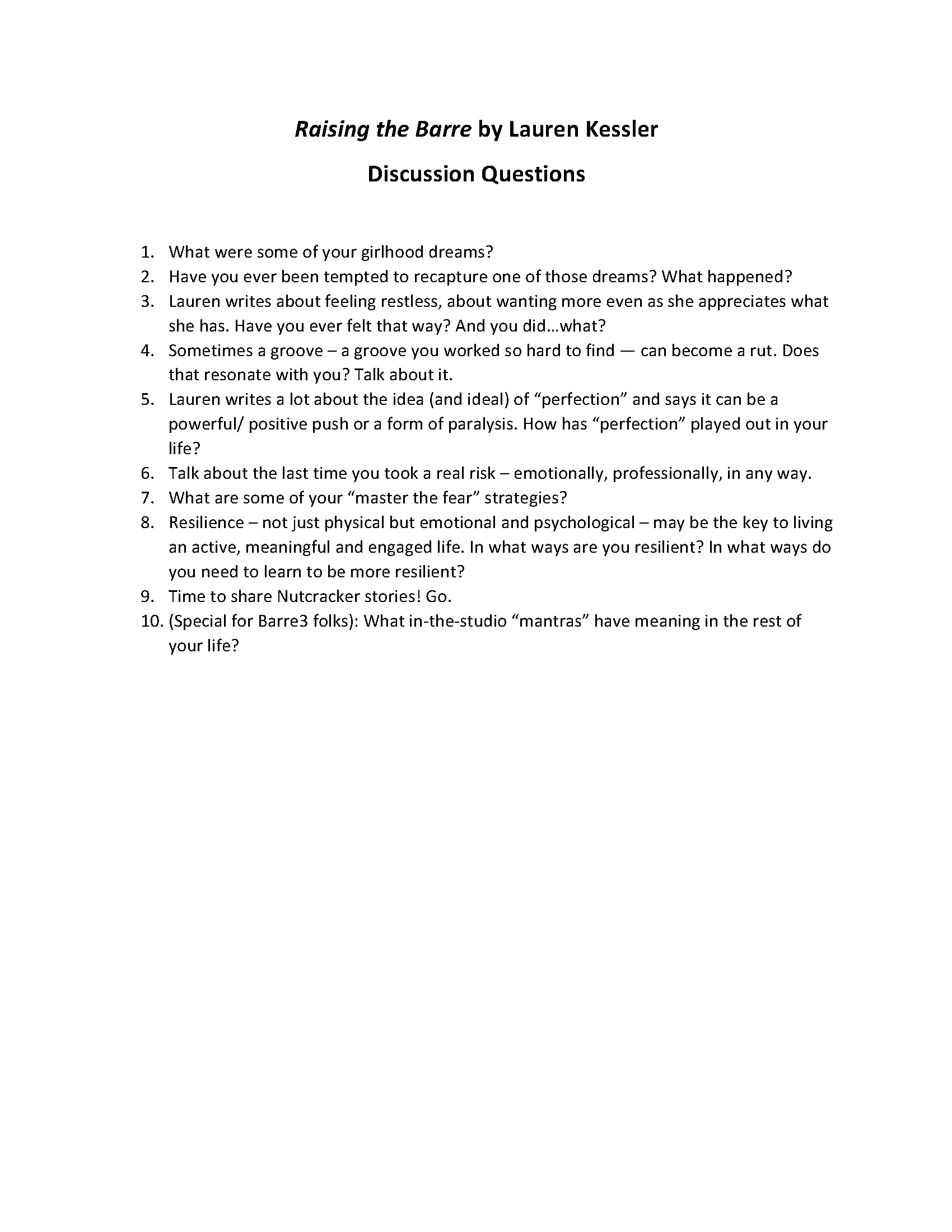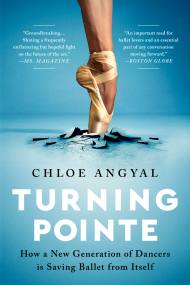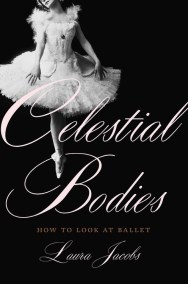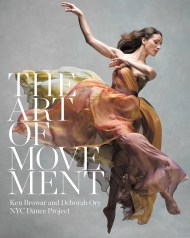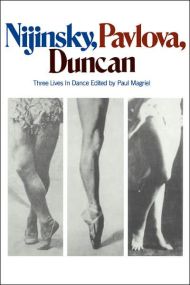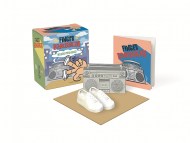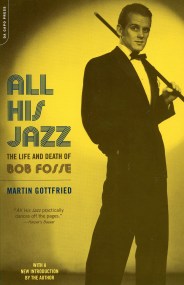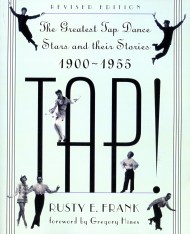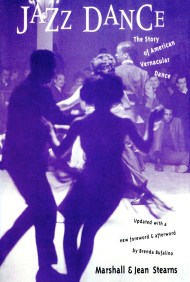Shopping Cart
Raising the Barre
Big Dreams, False Starts, and My Midlife Quest to Dance the Nutcracker
Description
Fast forward four decades. Lauren — suddenly, powerfully, itchingly restless at midlife — embarks on a “Transcontinental Nutcracker Binge Tour,” where attending a string of performances in Chicago, New York, Boston, and San Francisco reignites her love affair with the ballet–and fuels her girlhood dream.
What ensues is not only a story about The Nutcracker itself, but also an inside look at the seemingly romantic — but oh-so-gritty — world of ballet, about all that happens away from the audience’s eye that precedes the magic on stage. It is a tale told from the perspective of someone who not only loves it, but is also seeking to live it. Lauren’s quest to dance The Nutcracker with the Eugene Ballet Company tackles the big issues: fear, angst, risk, resilience, the refusal to “settle in” to midlife, the refusal to become yet another Invisible Woman. It is also a very funny, very real look at what it’s like to push yourself further than you ever thought you could go — and what happens when you get there.
Praise
What's Inside
Raising the Barre
From Chapter Nine, Let the Wild Rumpus Begin
The moment Kim and I step into The Dancers’ Closet I feel as if I’m in a nine-year-old girls’ fantasy – my fantasy when I was that age: pink tutus hanging on the wall, glittery embellished toe shoes displayed like pieces of art, a gorgeous Black Swan costume hugging a torso-only mannequin, circular racks of brightly colored leotards, some sequined, others feathered. A little girl and her mother are shopping. The girl is prancing around in a sapphire blue leotard with the price tag hanging off one delicate shoulder. Her mother is smiling and nodding, her arms full of other choices, all jewel-toned.
Kim and I sit down in the shoe section in between the leotard tacks and the two dressing rooms. LeeAnn comes right over. She doesn’t seem surprised to see women our age (without children), which I take to be a good sign. We tell her we are in the market for ballet slippers. “We’re going to take a ballet class,” I say, as if there could be some other explanation for buying ballet slippers. I immediately feel ridiculous for saying this and – I can’t believe I’m admitting this -- I giggle. It must have something to do with being in a nine-year-old’s tutu fantasy world. Kim either mercifully does not hear this or, even more mercifully, chooses to ignore it. She is having a discussion with LeeAnn about canvas versus leather slippers. Canvas is cheaper, LeeAnn says, pulling down a 9 for Kim and an 8 ½ for me.
But the canvas doesn’t hug tight. It doesn’t feel like I remember ballet slippers feel. Kim concurs. We ask for the leather ones. In for a penny, in for a pound. My ballet slippers, through all the years I took lessons, were black. These are a very soft blush-pink, the pink of clouds just before dusk. They are lovely and supple. They fit beautifully. I will have to hand-sew the criss-crossed elastic that secures the slipper across my ankle. I remember my mother doing that, with the tiny, even stitches she learned in a costume design class at Pratt Institute a decade before I was born. I put on the other shoe and walk in a slow circle around the shoe area, lifting each leg hip-high with a pointed toe, holding my arms out in what I remember to be ballet position. I do this as in a trance, not thinking that I may be making a spectacle of myself, not thinking at all. I’m grinning by the time I make it back to where Kim is sitting admiring the slippers on her feet. We nod to each other.
“Sold,” Kim says to LeeAnn.
“On to leotards,” I say to Kim, walking over the circular racks at the front of the store, the ones that had caught my eye the moment I walked in the door. I’m a medium, I figure, so I find that section. I am not shopping for glitz here. I just want a plain – please god, a little flattering – black leotard. When I took classes, all the girls wore three-quarter-sleeved, scoop-necked leotards, but apparently that is not the fashion any more. Everything is spaghetti strap. That’s too bad. I was hoping for some upper arm coverage. I find a row of black, size Ms, grab the first one from the rack and hold it up. I gasp. Audibly. Kim hurries over from a nearby rack. I hold up the leotard for her to see.
“Jezzus,” she says under her breath.
“You got that right,” I say. The leotard looks like it would fit an under-fed pre-pubescent girl. I go over to the L section. These LARGE leotards look sized for a hip-less, wasp-waisted ninety-pound child-woman. I walk around the rack and the one next to it.
There is no XL.
I can’t believe I’m tearing up. I‘m standing in front of the leotard rack about to cry. I can hear that conversation that ended my ballet dreams, the one I overheard between my mother and Andre Eglevsky, as if it’s happening right now, right next to me. I turn away so that Kim can’t see my face.
Apparently, LeeAnn has been observing my efforts. She walks over with an armful of black leotards from a rack I hadn’t noticed. “These are what we have for, um, women,” she says, kindly, handing over the merchandize. “The adults who take classes buy these,” she adds, softly. I wonder if she has noticed my bloodshot eyes. “Thanks,” I say.
She’s given me four leotards in different styles. I take them with me to the dressing room, a small, curtained cubicle decorated with dance posters (leaping, long-limbed beauties in stunning tutus). There’s a tall, framed, free-standing mirror wedged in the corner. This is like trying on bathing suits – possibly my least favorite activity in the world (yes, including oral surgery) – but worse. When you try on a suit and steel yourself to take a look in the mirror, you know that a lot of the time you’ll be wearing the suit you’ll be in the water anyway, and no one will see what you look like. Or maybe you’ll be on a chaise lounge with a towel artfully draped over your worst parts. But a leotard is for dancing, for dancing in front of a wall of mirrors.
***
Interestingly, I discover that actual ballet dancers with young, lithe ballet physiques are not too pleased seeing their leotard-clad bodies in the studio mirror either. In a sobering (and oddly reassuring) research article I find on ballet attire and body image, several dozen ballet dancers complete surveys about self-perceived body image after two different ballet classes. In the first class, they wear traditional garb – black leotards and pink tights. In the second they wear what dancers call “junk” – loose-fitting work-out clothes. The survey results? The dancers reported significantly lower self- and body-perception ratings when dressed in leotards with tights compared to wearing the loose-fitting clothing. They felt more positive about their bodies when they wore 'junk' clothes, expressed more enjoyment when looking in the mirror in the studio, and – here’s something weird – rated themselves as better dancers.
I balance this with another study I read about how clothing can influence us mentally and well as physically. It’s a phenomenon the Northwestern researchers who studied it call (I think charmingly) “enclothed cognition.” It appears that when we put on certain clothes, we may more readily take on the role associated with those clothes, and that this may actually affect our abilities. Dressing in clothes designed for the task focuses your attention to the task and might, opine the researchers, offer subconscious motivation that can boost performance. I need all the performance-boosting I can buy off the rack.
At any rate, dance attire is required in a dance class. And dance attire I will wear. If I can find something that fits. The “for women” leotards that LeeAnn hands me are, praise-be, sized for actual humans who walk the earth and eat meals. I take a deep breath and try on the one with spaghetti straps, a slight V to the front scoop neck and a low back. I move around in the little dressing room, attempting port de bras and piqués while studiously avoiding my image in the mirror. This is hard as the space is about the size of a phone booth. The leotard moves with me. It feels okay. I glance quickly in the mirror. A ballerina does not look back at me.
“Are you out there, Kim?”
“Yep, right here. Do you need me?”
“Uh, yeah…I’m coming out. I need you to take a look.” I take a deep breath, both to quell anxiety and to suck in my stomach, move the curtain to one side and step with what I hope is grace out into the store. I am wearing my Nike work-out capris under the leotard. It’s a look.
Kim glances up from her phone. I hope she’s not texting someone about this. “Turn around,” she says. I do a slow 360. I’m facing her again. I keep my shoulders back. I turn out my feet to first position. My feet look big and silly in my Chaco sandals. “So?” I say, wanting but not wanting her honest opinion. She smiles.
“You have a beautiful back,” she says.
This is what friends are for.
